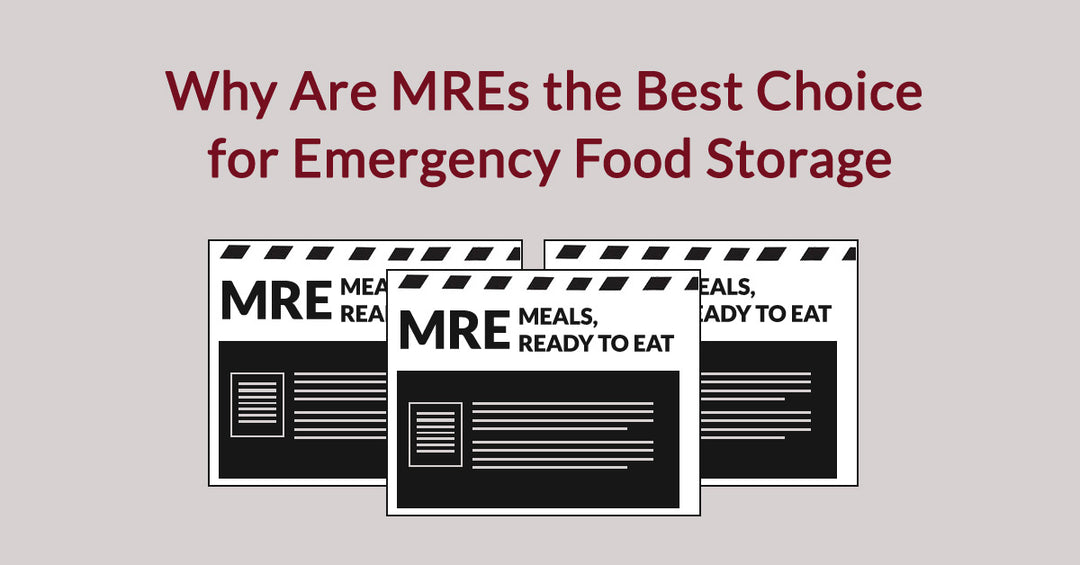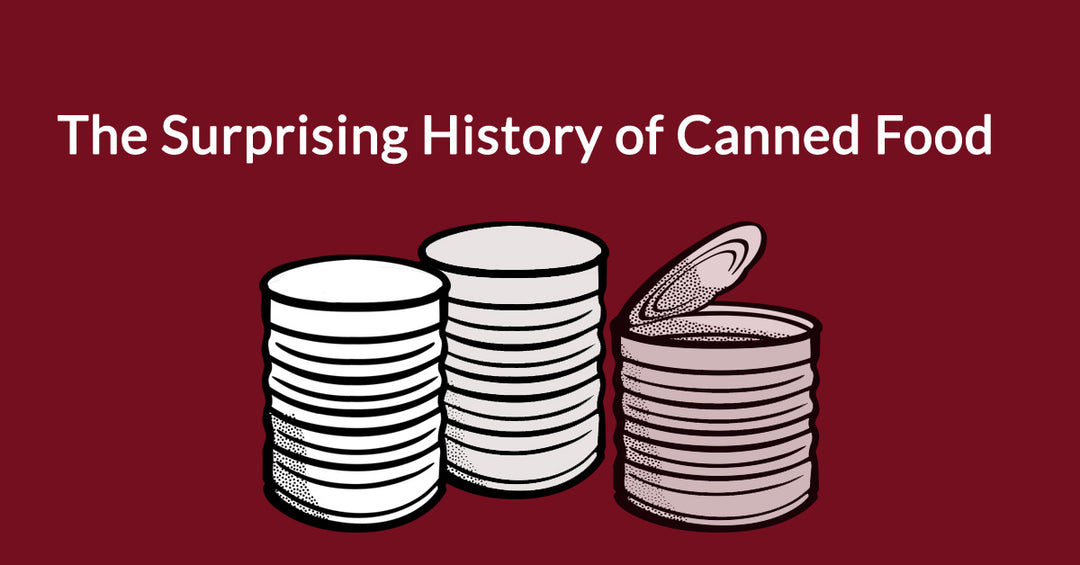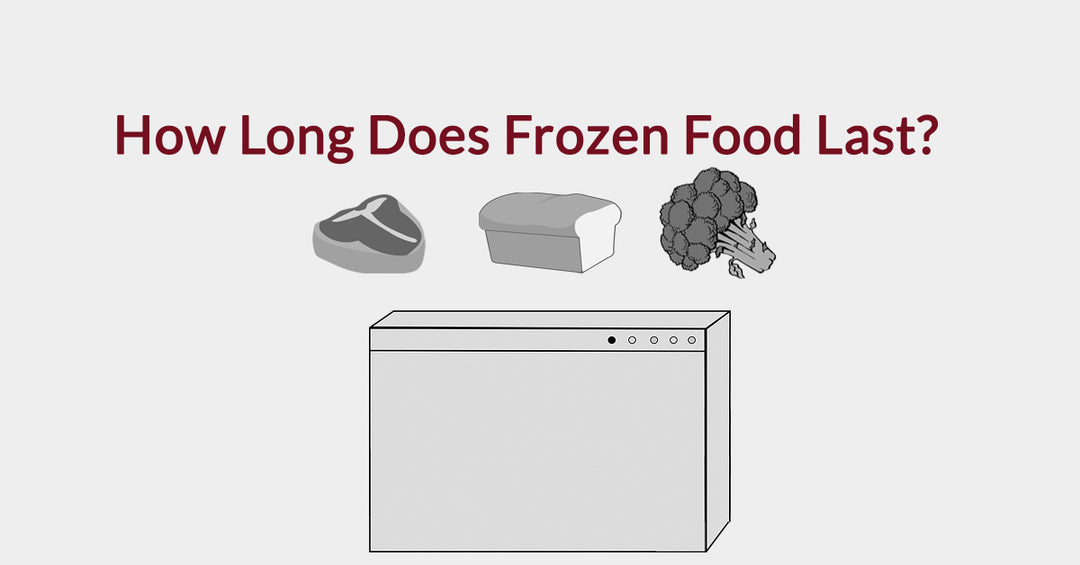US Food Supply Disaster Series: New Orleans Flood (May 1995, Louisiana)

In May 1995, New Orleans, Louisiana, experienced a severe flood not from a hurricane, but from heavy rainfall combined with critical levee breaches. This event, though overshadowed by later, more devastating storms, served as an ominous early warning of profound systemic weaknesses in the city's food security and emergency management infrastructure. For many, it was a troubling prelude, highlighting vulnerabilities that would tragically compound during Hurricane Katrina a decade later. This is a story about the forgotten flood that exposed deep-seated issues in urban resilience and disaster preparedness.
The sheer volume of rainfall quickly overwhelmed the city's drainage systems, leading to widespread flooding, particularly in low-lying areas. As floodwaters rapidly rose, entire neighborhoods found themselves submerged, cutting off residents' access to essential services, including food. Homes were inundated, ruining any stored perishable food items and making it impossible for residents to cook or safely consume provisions. This immediate and drastic loss of food access presented a major challenge to the city's capacity for humanitarian aid.
The impact was felt most acutely in low-income neighborhoods within Orleans Parish. These communities often had fewer personal vehicles for evacuation, limited financial resources for stocking up on emergency supplies, and a higher reliance on local, easily accessible grocery stores. When these stores became inaccessible or damaged, the residents were left stranded and vulnerable. Emergency shelters, set up to house evacuees, also reported critically low meal supplies, struggling to meet the sudden and overwhelming demand for food. This exposed a fundamental flaw in the logistics and food distribution networks designed for disaster scenarios, underscoring issues of food equity in times of crisis.
The 1995 flood affected thousands, but it was the disproportionate impact on already marginalized communities that resonated deeply. It highlighted how geographical vulnerability combined with socioeconomic factors could create a perfect storm of food insecurity. The event wasn't just about water; it was about the social fabric of a city and its capacity to protect its most vulnerable citizens when faced with a natural disaster.
The outcomes and lessons learned from the New Orleans Flood of 1995, though not immediately leading to widespread reform, offered an early and clear warning of systemic weaknesses. The flood illuminated a lack of robust contingency planning for mass displacement and prolonged isolation within the city. It demonstrated that the existing infrastructure and response protocols were inadequate for handling a major urban flood that disrupted basic necessities like food and water. This was a critical insight into the urgent need for comprehensive disaster mitigation strategies that went beyond just physical infrastructure to include human needs.
In the years following, while some localized efforts were made, the core systemic issues of levee strength, drainage capacity, and most pertinently, equitable food access during an emergency, remained largely unaddressed at a comprehensive scale. The experiences of 1995, where neighborhoods were cut off and shelters struggled with meal supplies, were eerily replicated and magnified during Hurricane Katrina in 2005. The earlier flood essentially provided a "stress test" that, regrettably, went unheeded in terms of large-scale reform.
The 1995 flood should have been a louder alarm bell for food system resilience in a city as geographically vulnerable as New Orleans. It underscored the necessity of robust food banks, pre-positioned emergency food supplies, and clear protocols for feeding stranded populations and supporting overwhelmed shelters. It also pointed to the vital role of community organizations and volunteers in bridging the gap where official responses faltered.
In retrospect, the New Orleans Flood of May 1995 stands as a sobering reminder that early warnings must be taken seriously. While it lacked the hurricane-force winds and storm surge of later events, its impact on food security for vulnerable populations was a clear indicator of a city ill-prepared for widespread disruption. The lessons from 1995, though not fully absorbed at the time, serve as a historical reference point for the critical importance of integrating food access planning into all facets of urban disaster planning and ensuring that vulnerable populations are never left behind when crisis strikes. It remains a stark reminder that even seemingly minor floods can have major consequences for human well-being.
Sources:
- National Weather Service. (1995). May 8, 1995 Flood Event in New Orleans. National Oceanic and Atmospheric Administration. (Provides meteorological and hydrological details of the flood.)
- Local news archives from New Orleans (e.g., The Times-Picayune) from May 1995 would contain firsthand accounts of affected neighborhoods, shelter conditions, and food shortages.
- Academic studies or reports on urban flooding, disaster response in New Orleans, or pre-Katrina vulnerabilities often reference the 1995 flood as a precursor event. For example, research into New Orleans' disaster preparedness history would invariably mention this event.




